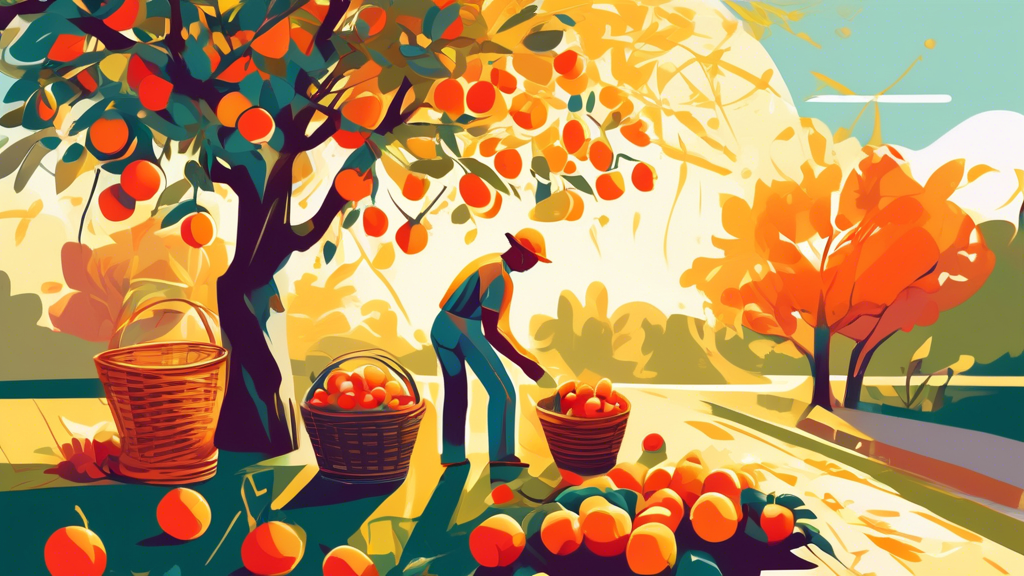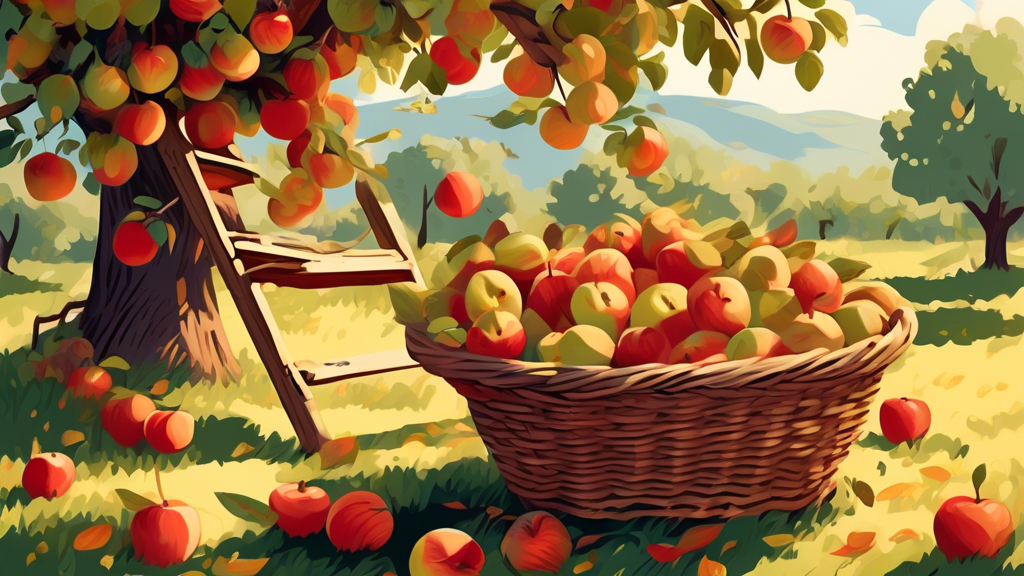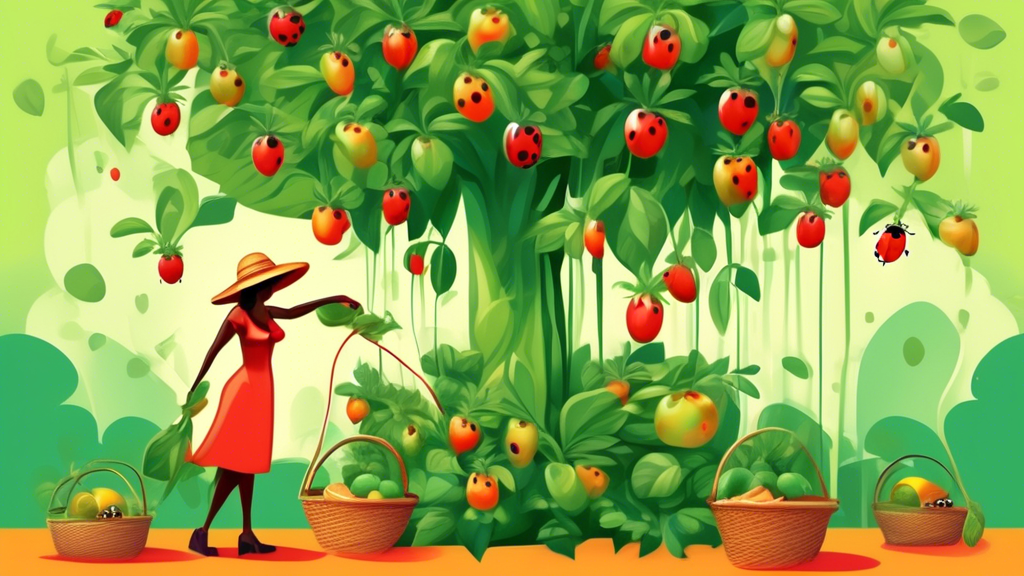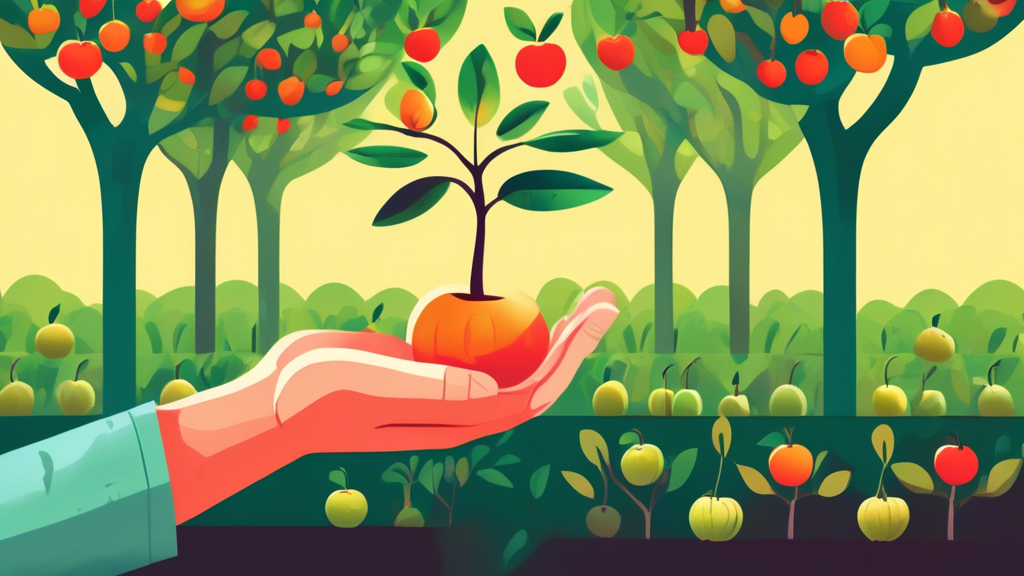
Why You Can’t Skip Pruning: The Core Benefits
Proper pruning is a vital horticultural practice that directly impacts a tree’s health, fruit quality, and longevity. A well-pruned tree is stronger, more disease-resistant, and consistently productive.
Enhanced Sunlight and Airflow
Opening the canopy reduces fungal diseases and ensures fruit ripens evenly by allowing light to penetrate deeper into the tree.
Improved Fruit Size and Quality
Directing the tree’s energy into fewer, high-quality fruits rather than an abundance of small, poor-tasting ones.
Structural Strength for Years to Come
Building a robust framework of branches to support heavy fruit loads and withstand harsh weather conditions.
Rejuvenation and Controlled Growth
Managing the tree’s size for easier harvesting and stimulating new, fruitful growth each season.
Common Challenges of Improper Pruning
Many gardeners face issues that stem from incorrect pruning techniques. Understanding these can help you avoid them.
The “Why Is My Tree Not Fruiting?” Dilemma
Over-pruning or pruning at the wrong time can remove fruit buds, leading to a barren season and disappointing harvests.
Weak Structure and Broken Limbs
Failing to establish a strong central leader or scaffold branches often results in storm damage and broken limbs under fruit load.
Increased Susceptibility to Disease
A dense, unpruned canopy creates a humid environment perfect for pests and diseases like powdery mildew and fire blight.
The Vicious Cycle of Water Sprouts
Poor pruning cuts can trigger a flush of non-fruiting, vertical shoots that weaken the tree and divert energy from fruit production.
Essential Pruning Techniques for Healthy and Productive Fruit Trees
Mastering a few key cuts will transform your pruning from a chore into an art.
Thinning Cuts: Your Primary Tool
Removing an entire branch back to its point of origin. This opens the canopy, reduces crowding, and directs energy without stimulating excessive new growth.
Heading Cuts: Use With Caution
Cutting a branch back to a bud to encourage branching. Overuse results in a thick, dense, unproductive “witches’ broom” effect.
The Hidden Technique: “Bench Cuts” – A Controversial Practice
This involves cutting a vigorous, upright branch back to a side branch that is significantly smaller in diameter. Traditionally a major no-no, some expert arborists now use a modified, careful bench cut on specific trees (like mature, over-vigorous apples) to permanently lower height and transfer energy to a more fruitful, lateral branch. This is a nuanced technique most people don’t know about and should only be attempted by experienced pruners.
Head-to-Head: Pruning Young Trees vs. Mature Trees
Your approach must evolve as your tree ages to meet its changing needs.
Goal for Young Trees (Establishing Structure)
Focus on creating a strong, well-spaced scaffold branch system using primarily thinning cuts. The choice between a “Central Leader” (single main trunk) or “Open Center” (vase-shaped) form is made early on.
Goal for Mature Trees (Maintaining Health & Production)
Focus on thinning out old, unproductive wood to let in light, removing dead or diseased branches, and stimulating a moderate amount of new, fruitful growth annually.
| Aspect | Young Tree Pruning | Mature Tree Pruning |
|---|---|---|
| Primary Goal | Build structure | Maintain health & productivity |
| Key Technique | Thinning cuts for branch selection | Thinning out old wood |
| Growth Stimulation | Encourages framework development | Stimulates moderate new growth |
Seasonal Timing: When to Make the Cut
Timing your pruning activities is as crucial as the techniques you use.
Dormant Pruning (Late Winter)
The best time for most major structural pruning. The tree’s structure is visible, and the risk of disease is low.
Summer Pruning
Used to control vigorous growth, slow down a tree, or manage size. Often involves pinching or light thinning.
| Season | Best For | Techniques |
|---|---|---|
| Dormant (Late Winter) | Major structural work | Thinning cuts, shaping |
| Summer | Growth control, size management | Pinching, light thinning |
Frequently Asked Questions (FAQs)
Here are answers to some of the most common questions about fruit tree pruning.
What is the worst mistake a beginner pruner makes?
“Topping” the tree or making “flush cuts” (cutting off the branch collar). This severely damages the tree and invites decay.
Can I kill my tree by pruning it too much?
It’s very difficult to kill a healthy tree with pruning alone, but severe over-pruning (removing more than 25-30% of the canopy at once) can shock the tree, making it susceptible to disease and sunscald, and it will likely not fruit for a season or two.
My tree hasn’t been pruned in years. How do I start?
Don’t try to fix it in one year! Spread the rejuvenation over 2-3 seasons. Start by removing all dead, damaged, and diseased wood. Then, tackle the worst of the crossing/rubbing branches.
Do I need special tools?
Yes. Use sharp, clean tools. Bypass hand pruners for small branches, loppers for medium branches (1-2 inches), and a sharp pruning saw for anything larger. Disinfect blades between trees to prevent disease spread.






